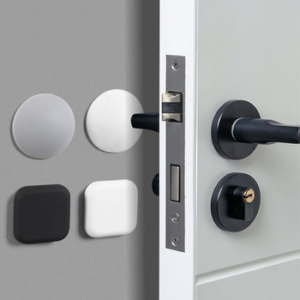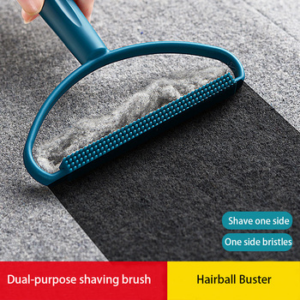PAINT OPTIONS
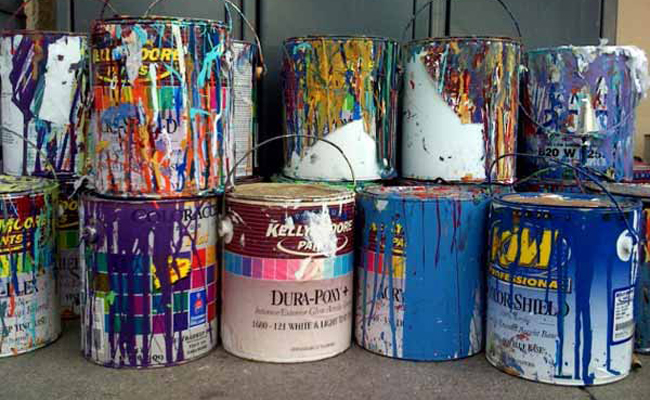
There are two basic types of exterior paint: water-based latex and oil-based alkyd. Latex cleans up with soap and water, dries quickly, has low odor, and remains flexible longer so it’s less likely to crack. The best quality latex paints contain 100 percent acrylic resins.
Alkyd paints require mineral spirits (paint thinner) for cleanup as opposed to just soap and water. But many professional painters prefer alkyd paint because it’s durable, stain-resistant, flows very smoothly, and dries with fewer brush marks. But alkyds have a strong solvent smell and dry very slowly.
The one you choose is up to you. Just remember that if you’re applying latex paint over an existing alkyd paint, you must first prime the surface to ensure the new topcoat will adhere to the old oil-based paint.
PAINT PRICES
There’s no absolute formula for picking the best paint for your home. Most paint manufacturers offer a wide variety of paints ranging from good to better to best. As a general rule, budget how much you want to spend on the project and then buy the best paint you can reasonably afford, because cost is an excellent indication of quality. Expensive paints contain more pigments than bargain paints, so they produce a thicker, longer-lasting, more protective coating.
READ THE LABEL
Few homeowners bother reading the tiny print on the paint can label, but they should. There’s a wealth of information printed right on the can that can help you produce a beautiful paint job. Pay particular attention to the instructions about prepping the surface and outdoor air temperature. Most paints shouldn’t be applied when the temperature is 50 degrees F or colder. But some paints are specially formulated for application when the temperature is as low as 35. Just take the time to read the label before you start painting and before the label becomes smeared with paint and impossible to decipher.
Few home-maintenance projects are as important as exterior painting because paint and caulking form the first line of defense against rain and sun. And a nice paint job will enhance the curb appeal and resale value of your home, too.
You want to repair and repaint as soon as you notice paint starting to crack, blister, and peel. Ignoring these problems will lead to a much more extensive—and expensive— job. Below are seven exterior painting tips every homeowner should know, whether you’re planning to paint the house yourself or hire a pro.
PREPARE THE SURFACE
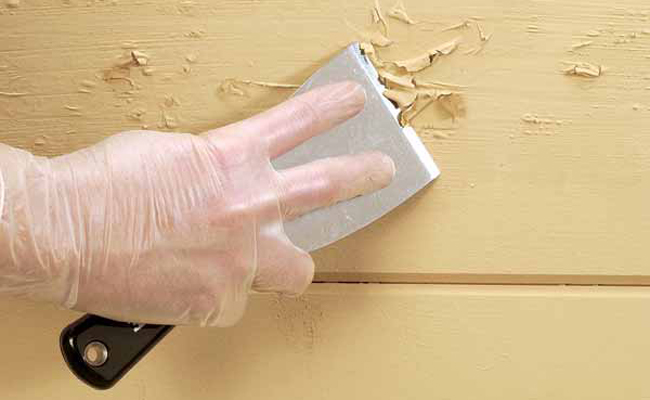
For the new paint to adhere to the surface, you must clean the house’s exterior of all dirt, grime, mildew, and chalky residue. A power sprayer provides the easiest way to accomplish this, but hand scrubbing with a stiff-bristle brush is just as effective and often doesn’t take much longer because it requires little preparation and setup time.
Use a hammer and a nail set to tap all nailheads below the surface, then fill the holes with exterior-grade putty. Once the putty is fully cured, sand it flush. If you’re applying new caulking around windows, doors, and trim, be sure to use a caulk that’s paintable.
You can paint directly over the old painted surface as long as it’s in good condition. Be sure to scrape and sand any spots where the old paint has blistered or flaked off. And you must prime any bare wood before you paint it.
BRUSH OR ROLLER? YES!
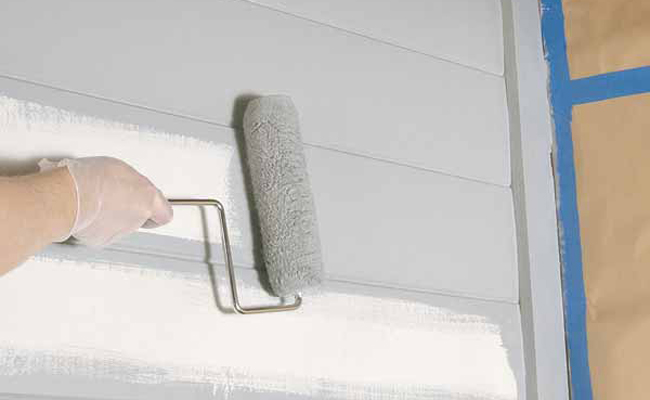
The fastest, most effective way to apply exterior paint is with both a paintbrush and a roller. Brush paint onto narrow surfaces, edges, and smaller areas, and use a short, small-diameter roller to paint large and long surfaces such as siding and trim.
START IN THE SHADE
Painting in direct sunlight or applying paint to a sun-baked surface will make fresh paint dry too quickly. As a result, it won’t adhere well and will blister and flake prematurely. So begin painting on the shady side of the house. (If the surface is damp, wipe it dry.) Then wait for sun to move and the other sides of the house to become shaded—or just paint on an overcast day.
TAKE IT FROM TOP
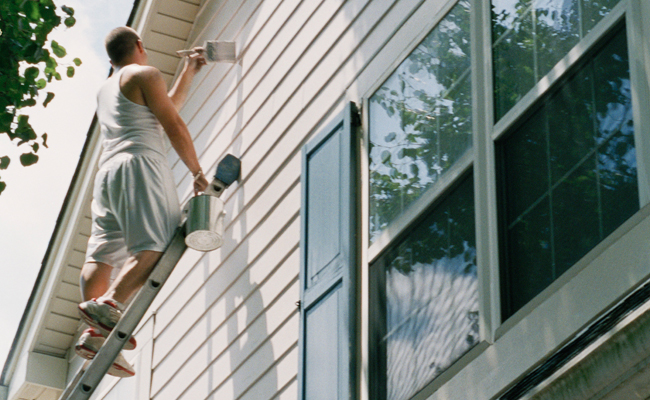
Start painting near the top of the house and work your way down. Apply paint to the butt or bottom edge of the siding first, then paint the broad surfaces. To avoid lap marks, always try to brush from one wet surface onto another wet surface. When that’s not possible and you must paint onto a previously painted and dried surface, overlap onto the dried-paint surface by several inches.
And since you’ll be working high up, don’t forget basic ladder safety: Don’t overreach too far to the side or you might topple over. Try to keep your hips within the horizontal rails of the ladder. It’s much smarter to climb down, move the ladder, and climb back up than to risk falling.
Source from popularmechanics.com






